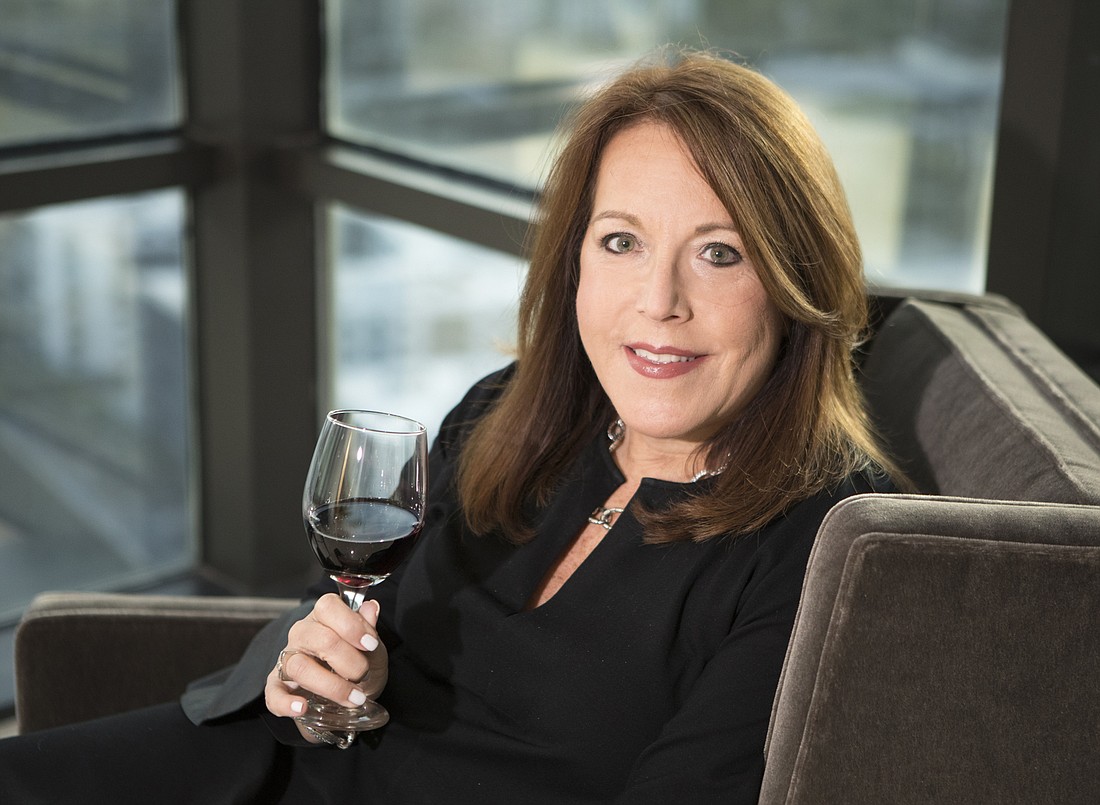- December 18, 2025
-
-
Loading

Loading

EXECUTIVE: Lori Rabinowitz, director of marketing and business development at Trenam Law in Tampa and St. Petersburg.
DIVERSION: Rabinowitz, 58, has been a certified sommelier for nearly a decade. In 2007, while living in South Florida, she noticed a lot of wine bars popping up. She began to frequent them with friends and colleagues from her previous law firm in Fort Lauderdale. Two years later, having discovered a new appreciation for wine in all its varieties, she enrolled in a sommelier certificate course at Le Cordon Bleu College of Culinary Arts in Miami.